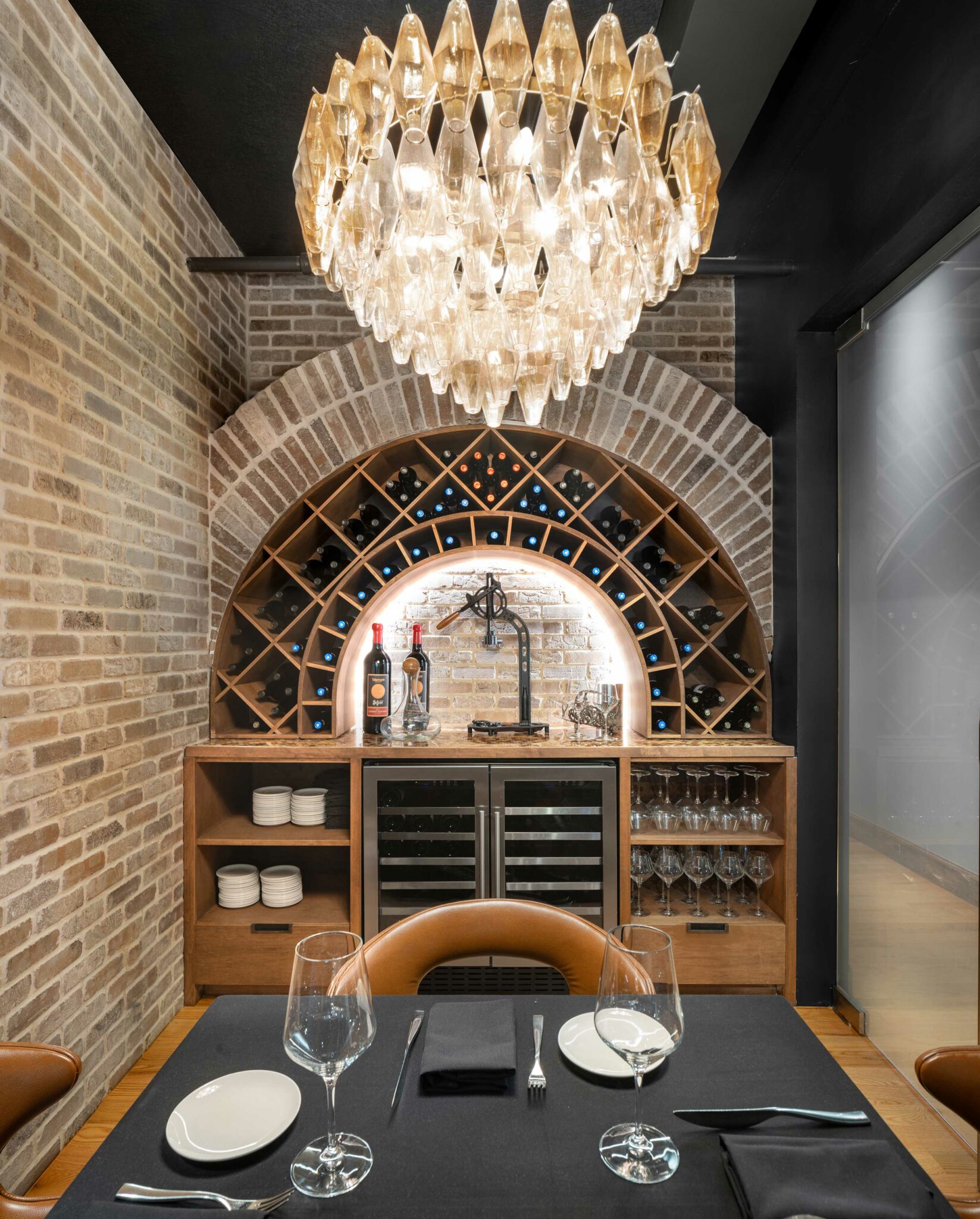Metal is a versatile material that can be used in a variety of ways to create a stunning and cohesive look in your home decor. When it comes to interior design, mixing metals can add a new dimension to your space, and combining different types of metal can create a bold and unique look. However, it is important to do it correctly. In this article, we will explore how to mix metals in your home decor to create a stunning and cohesive look.
Understanding the Different Types of Metal
Before we start mixing metals, it is essential to understand the different types of metal and their characteristics. Common metals used in interior design include brass, copper, silver, gold, stainless steel, and iron. Each metal has its unique color, texture, and finish. It is essential to consider the color and finish of each metal when combining them.
Brass has a yellowish-gold color and a warm, antique finish. It is commonly used in hardware such as drawer pulls and light fixtures. Copper has a reddish-brown color and a shiny finish. It is often used in cookware and decorative accents. Silver has a cool, gray color and a shiny finish. It is commonly used in flatware and decorative accents. Gold has a warm, yellow color and a shiny finish. It is often used in decorative accents and lighting fixtures. Stainless steel has a bright, silver color and a sleek, modern finish. It is commonly used in appliances and hardware. Iron has a dark, matte finish and is often used in rustic or industrial design.
Choosing the Right Metals to Mix
When it comes to mixing metals, there are no hard and fast rules. However, some metal combinations work better than others. A good rule of thumb is to choose metals that have a similar finish or color. For example, brass and gold have a similar warm tone, making them a great combination. Similarly, copper and bronze have a reddish-brown undertone, making them a good match.
It is also essential to consider the quantity of each metal used. Too much of one metal can overwhelm the space and make it look cluttered. A good way to balance different metals is to use one metal as the dominant metal and the other metal as an accent. For example, if you are using brass and silver, you can use brass as the dominant metal and silver as the accent metal.
Mixing Metals in Different Spaces
Kitchen
The kitchen is a great place to experiment with mixing metals. You can start by combining different metals in your kitchen hardware, such as cabinet knobs, handles, and faucets. Mixing stainless steel and brass hardware can create a modern and sophisticated look. You can also mix metals in your lighting fixtures and cookware. For example, you can use copper cookware and stainless steel appliances.
Living Room
When it comes to the living room, mixing metals can add a touch of elegance to your space. You can mix metals in your coffee table, lamps, and wall decor. For example, you can mix bronze and gold in your coffee table, or copper and silver in your wall decor. You can also use metallic fabrics and throw pillows to add a subtle touch of metal to your living room.
Bedroom
In the bedroom, mixing metals can create a cozy and inviting atmosphere. You can mix metals in your lighting fixtures, bed frame, and decorative accents. For example, you can mix iron and brass in your lighting fixtures, or silver and gold in your decorative accents. You can also use metallic wallpaper or bedding to add a touch of metal to your bedroom.
Conclusion
Mixing metals can create a bold and unique look in your home decor. When done correctly, it can add depth and texture to your space. Remember to choose the right metals to mix, consider the quantity used, and experiment with combining different metals in different spaces. With these tips in mind, you can successfully incorporate mixed metals into your home decor and create a stunning and cohesive look that reflects your personal style.




